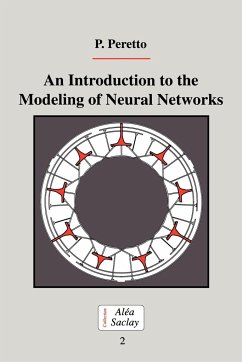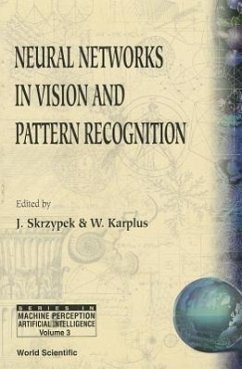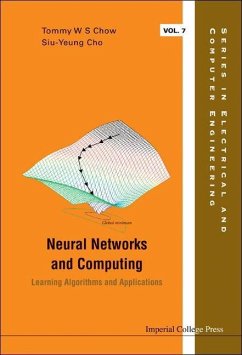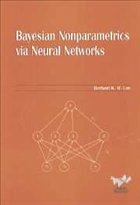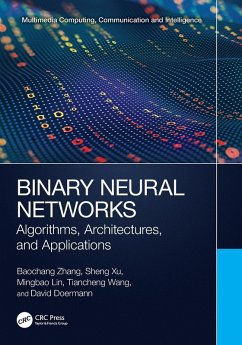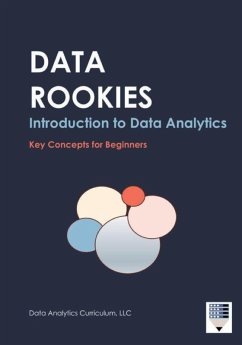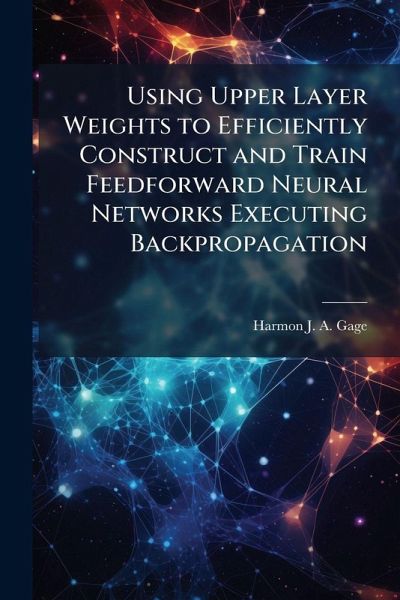
Using Upper Layer Weights to Efficiently Construct and Train Feedforward Neural Networks Executing Backpropagation
Versandkostenfrei!
Versandfertig in über 4 Wochen
17,99 €
inkl. MwSt.
Weitere Ausgaben:

PAYBACK Punkte
9 °P sammeln!
Feed-forward neural networks executing back propagation are a common tool for regression and pattern recognition problems. These types of neural networks can adjust themselves to data without any prior knowledge of the input data. Feed-forward neural networks with a hidden layer can approximate any function with arbitrary accuracy. In this research, the upper layer weights of the neural network structure are used to determine an effective middle layer structure and when to terminate training. By combining these two techniques with signal-to-noise ratio feature selection, a process is created t...
Feed-forward neural networks executing back propagation are a common tool for regression and pattern recognition problems. These types of neural networks can adjust themselves to data without any prior knowledge of the input data. Feed-forward neural networks with a hidden layer can approximate any function with arbitrary accuracy. In this research, the upper layer weights of the neural network structure are used to determine an effective middle layer structure and when to terminate training. By combining these two techniques with signal-to-noise ratio feature selection, a process is created to construct an efficient neural network structure. The results of this research show that for data sets tested thus far, these methods yield efficient neural network structure in minimal training time. Data sets used include an XOR data set, Fisher's Iris problem, a financial industry data set, among others. This work has been selected by scholars as being culturally important, and is part of the knowledge base of civilization as we know it. This work was reproduced from the original artifact, and remains as true to the original work as possible. Therefore, you will see the original copyright references, library stamps (as most of these works have been housed in our most important libraries around the world), and other notations in the work. This work is in the public domain in the United States of America, and possibly other nations. Within the United States, you may freely copy and distribute this work, as no entity (individual or corporate) has a copyright on the body of the work. As a reproduction of a historical artifact, this work may contain missing or blurred pages, poor pictures, errant marks, etc. Scholars believe, and we concur, that this work is important enough to be preserved, reproduced, and made generally available to the public. We appreciate your support of the preservation process, and thank you for being an important part of keeping this knowledge alive and relevant.



